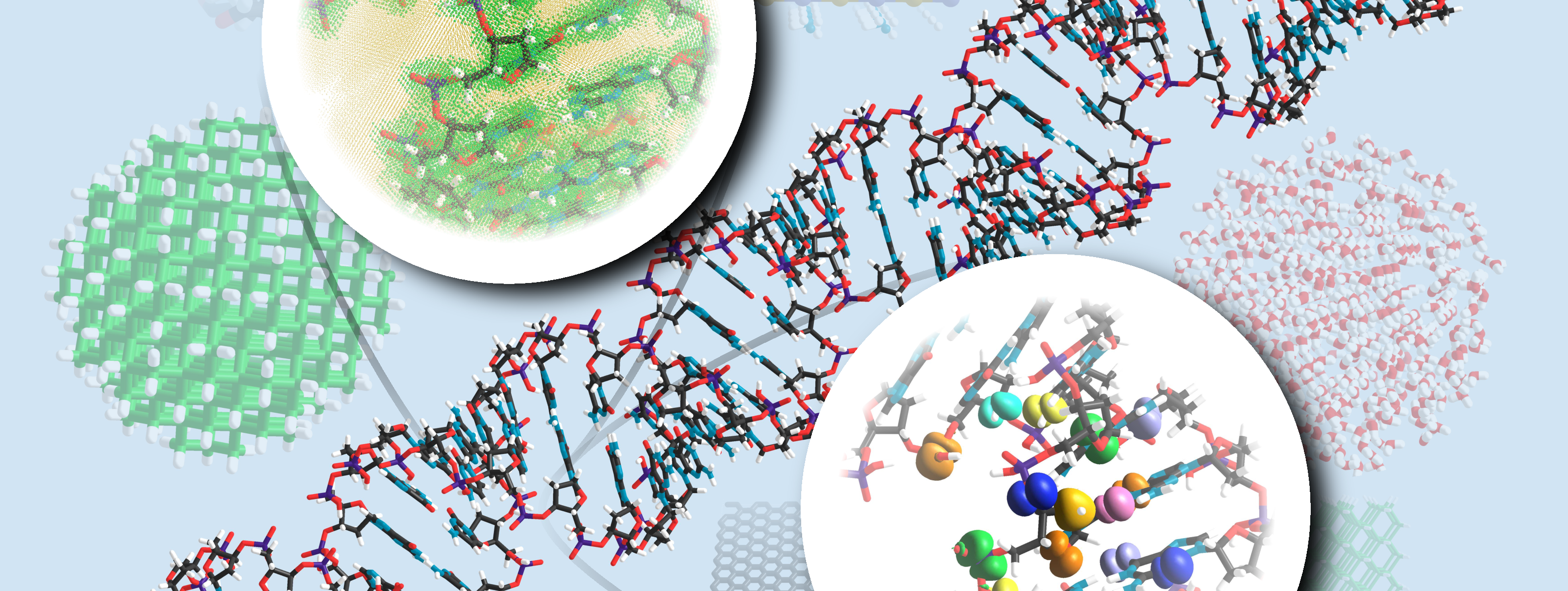
Materials with specific characteristics are crucial for many technological and industrial products. They can, for instance, improve existing functionalities, introduce new features, or also foster new developments. Material science is thus a discipline which has become of great importance over the past years, with applications in many different fields. The discovery and characterization of new material is a truly multidisciplinary field, comprising elements of various areas of science such as physics, chemistry, biology, or engineering.
The material science team at BSC concentrates on numerical simulations for the characterization of new materials. To this end, it works on the one hand on the development and implementation of computational methods to conduct numerical simulations, and on the other hand, it performs simulations aiming at the discovery of new materials.
Objectives
Our research group focuses on numerical simulations for material science research, with the two main research lines ab-initio electronic structure and electronic transport. Our goals are:
- Development and implementation of new approaches and algorithms for electronic structure methods
- Active members of the SIESTA code development team
- Collaboration with developers within the NOMAD and MaX Centers of Excellence: BigDFT, exciting, Abinit, FHI-aims and GPAW codes, ELPA library, and ASE tools
- Numerical simulation, modelling and high-throuput discovery of materials for target applications:
- Materials for energy applications: catalysis, photoelectrics, batteries
- Plasma facing materials for fusion power applications
- Biomaterials for medical implants
- Multiscale modelling of materials at the atomic scale, from quantum mechanical (DFT) to classical molecular dynamics (MD) models. Development of interatomic potentials using machine learning (ML)
- Co-design in computational material science, adaptation of codes and libraries to new hardware architectures
